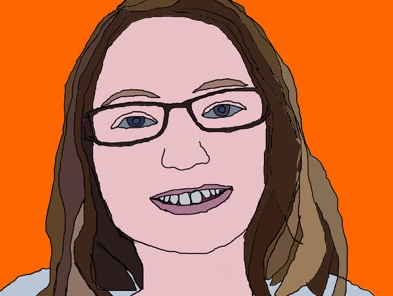Exploring Identity Through Digital Art: The Rise of the Self-Portrait
In today’s digital age, self-portraiture has taken on a whole new meaning. With the widespread use of smartphones and social media platforms, individuals are now able to easily create and share their own self-portraits with the world.
A Reflection of Self
Self-portraits have long been used as a way for artists to explore and express their own identities. From the iconic self-portraits of Frida Kahlo to the self-portraits of Vincent van Gogh, these artworks have served as a window into the artist’s psyche and personal experiences.
With the rise of digital art, individuals are now able to create self-portraits that reflect not only their physical appearance, but also their digital persona. Through the use of filters, editing tools, and social media platforms, individuals can manipulate and curate their self-portraits to present themselves in a way that best represents their identity.
The Power of Self-Representation
Self-portraits in digital art have the power to challenge societal norms and standards of beauty. By creating and sharing their own self-portraits, individuals are able to take control of their own image and present themselves in a way that defies traditional beauty standards.
Additionally, self-portraits can serve as a form of self-expression and empowerment. By sharing their self-portraits with the world, individuals are able to assert their own identities and showcase their unique perspectives and experiences.
Exploring Identity Through Collaboration
In addition to creating self-portraits individually, digital art also allows for collaboration and exploration of identity with others. Through projects such as “The Selfie Project” and collaborations with other artists, individuals are able to explore and create self-portraits that reflect not only their own identities, but also the identities of those around them.
By collaborating on self-portraits, individuals are able to gain a deeper understanding of themselves and those in their community. Through the sharing and exchange of self-portraits, individuals are able to foster connections and build relationships that transcend physical boundaries.
The Future of Self-Portraiture
As technology continues to evolve, the possibilities for self-portraiture in digital art are endless. From virtual reality self-portraits to augmented reality experiences, individuals are now able to create immersive and interactive self-portraits that push the boundaries of traditional art forms.
In a world where identity is constantly being redefined and reshaped, self-portraiture in digital art serves as a powerful tool for individuals to explore and express their own identities. Through the creation and sharing of self-portraits, individuals are able to assert their own narratives and challenge societal norms, ultimately shaping their own identities in the digital age.



